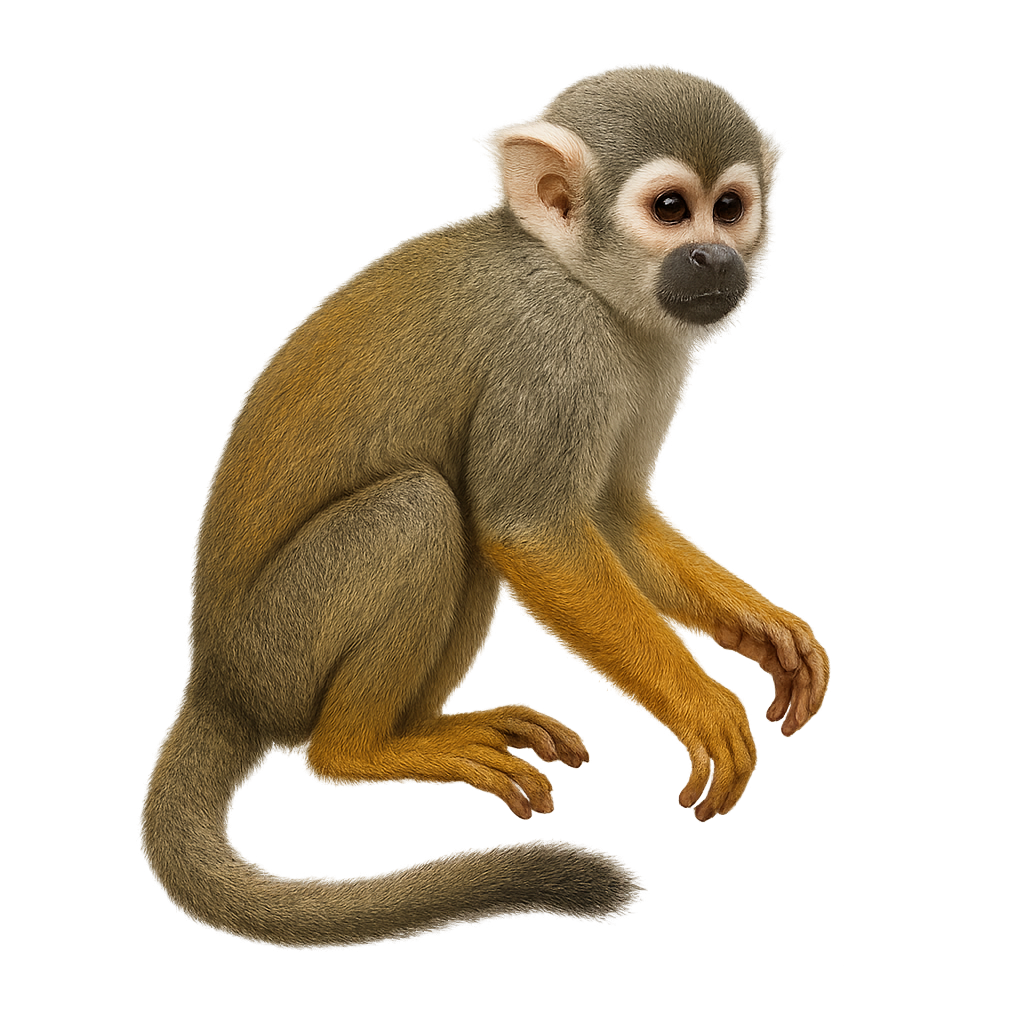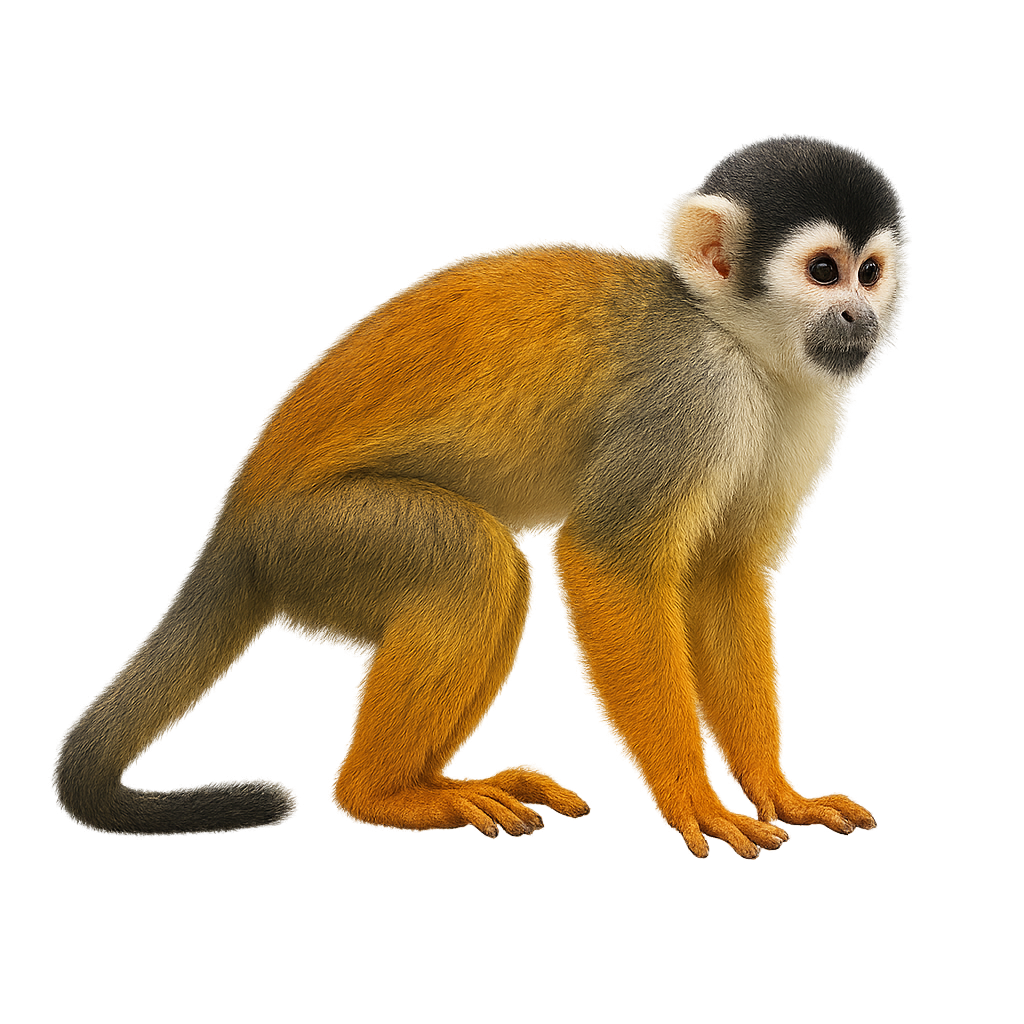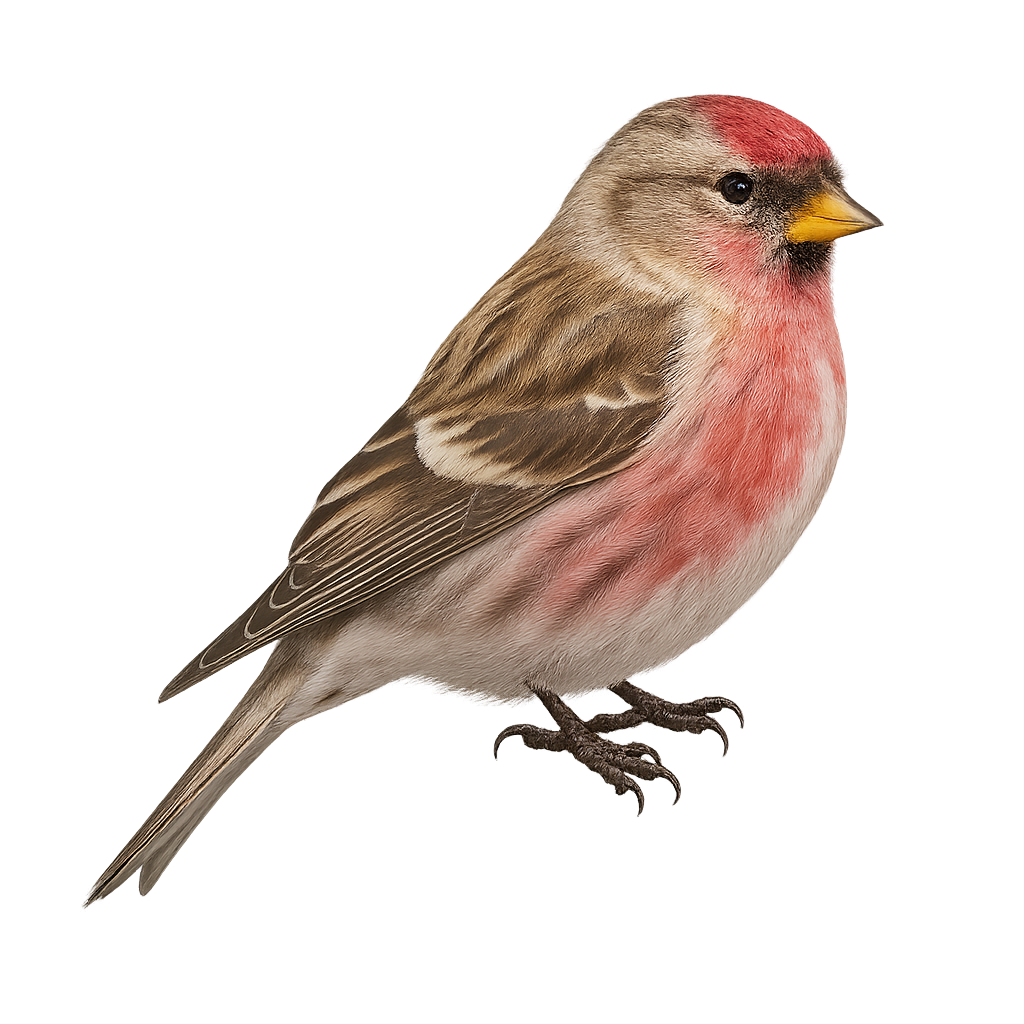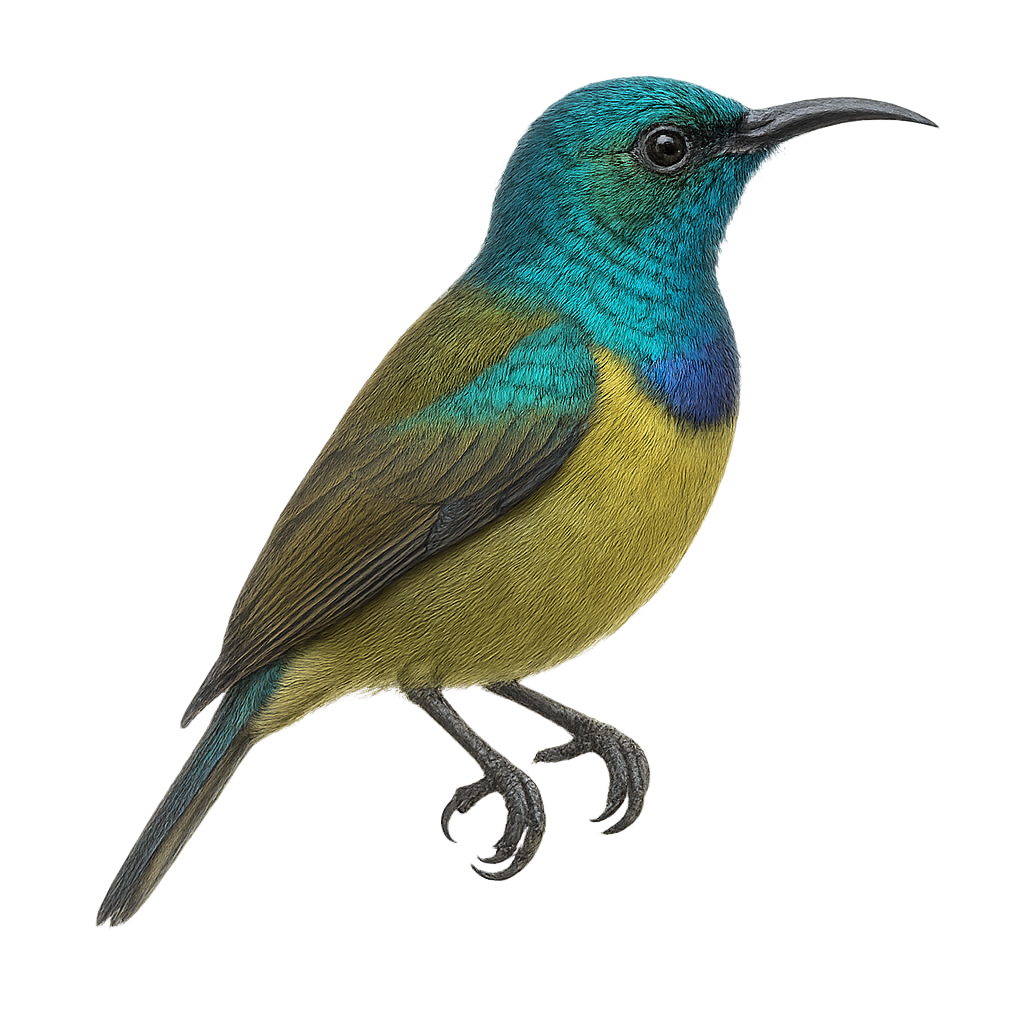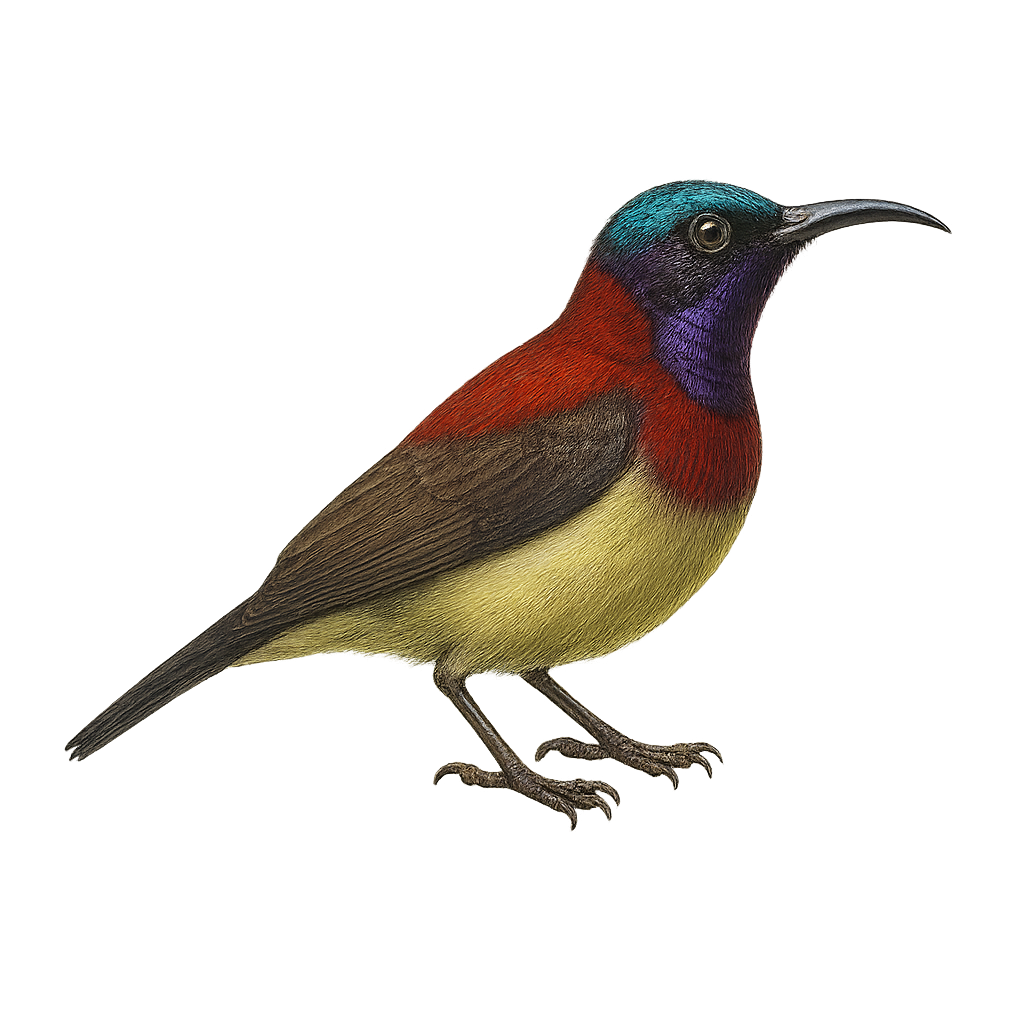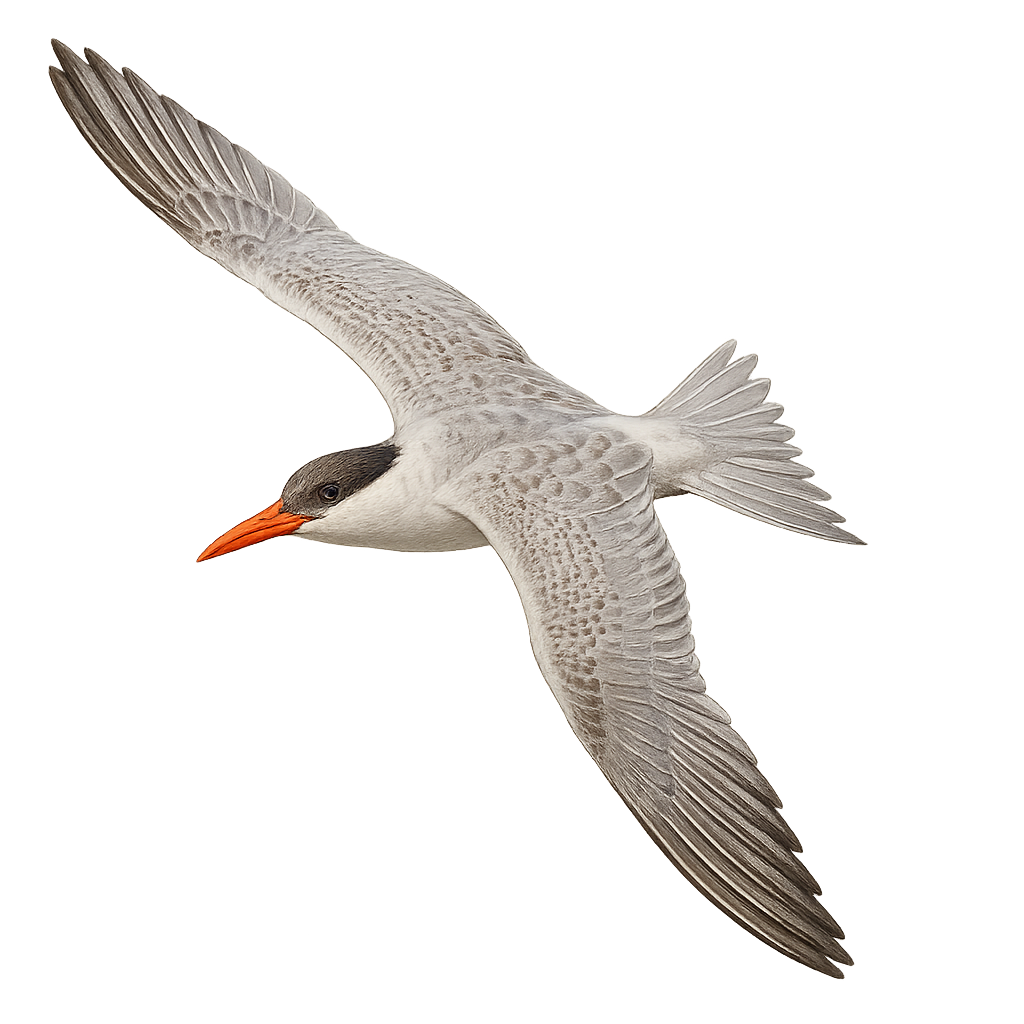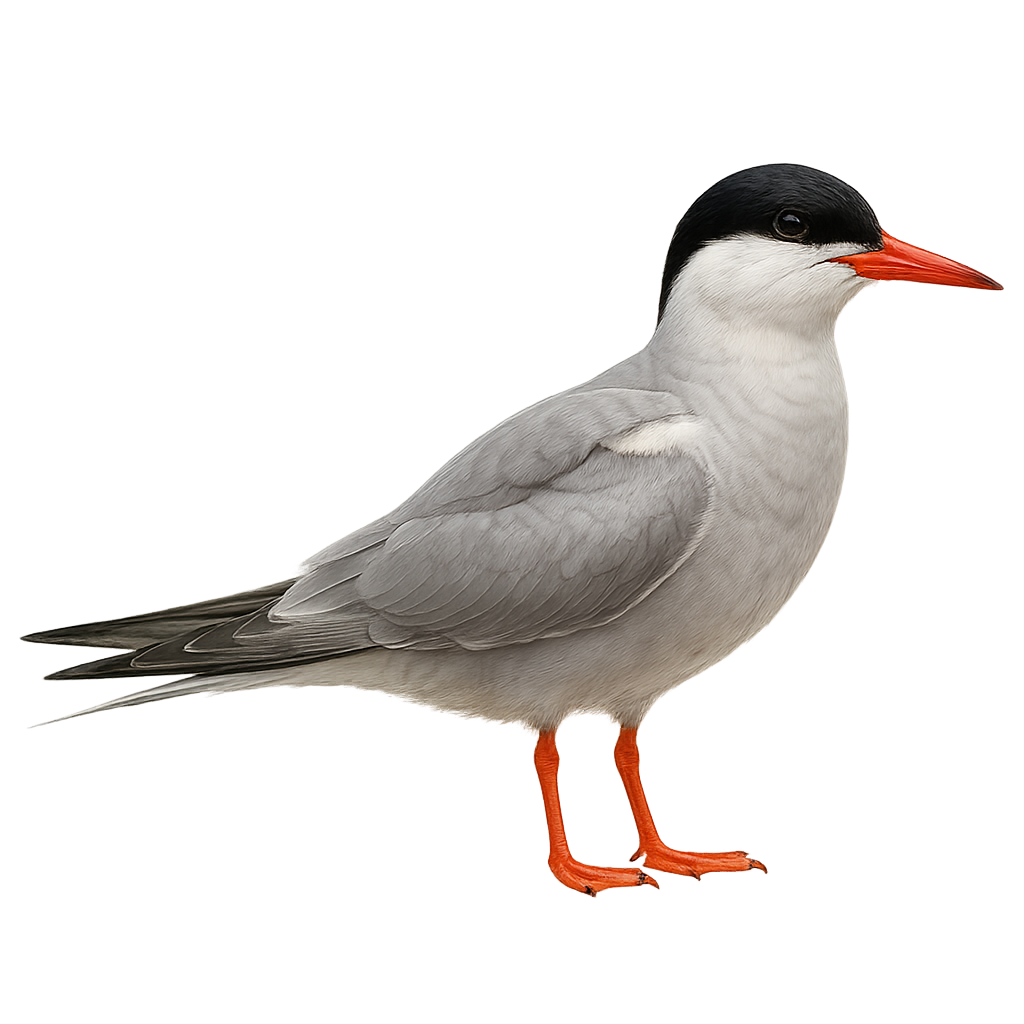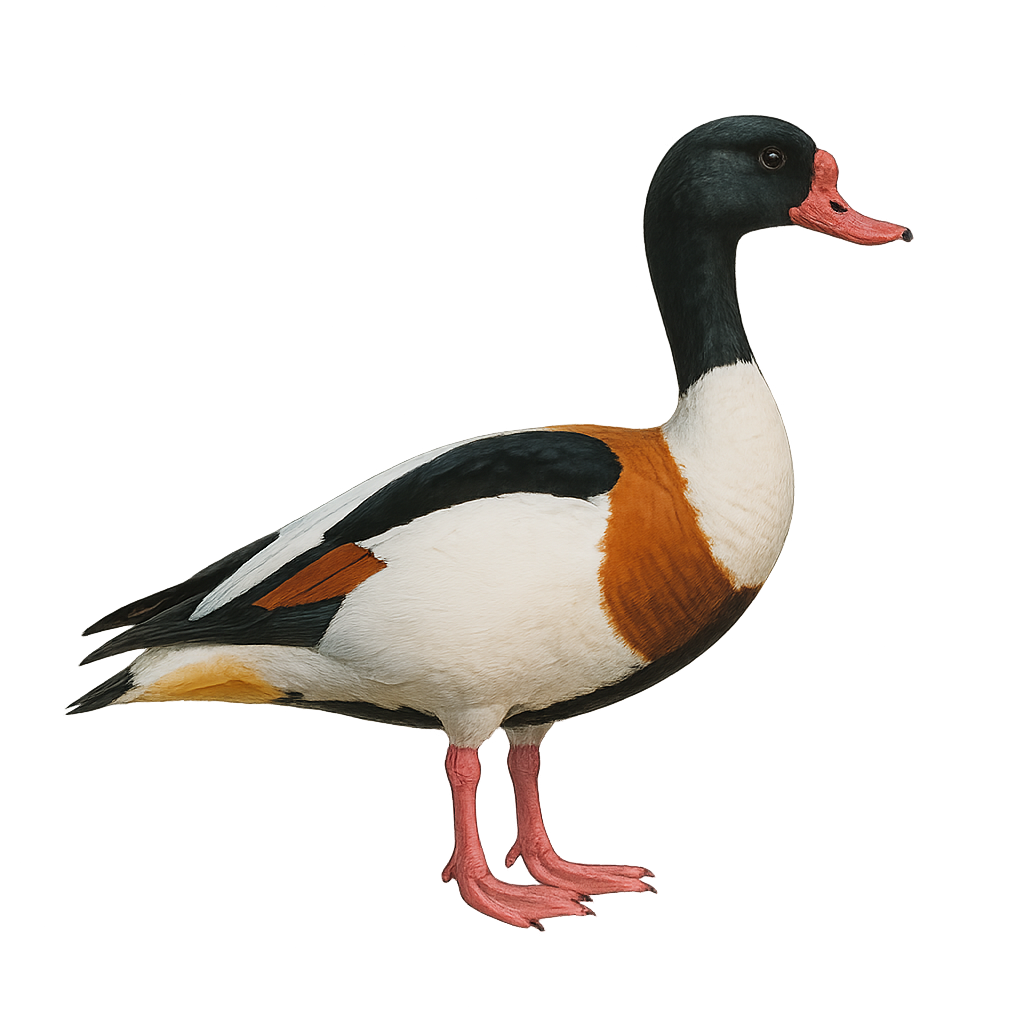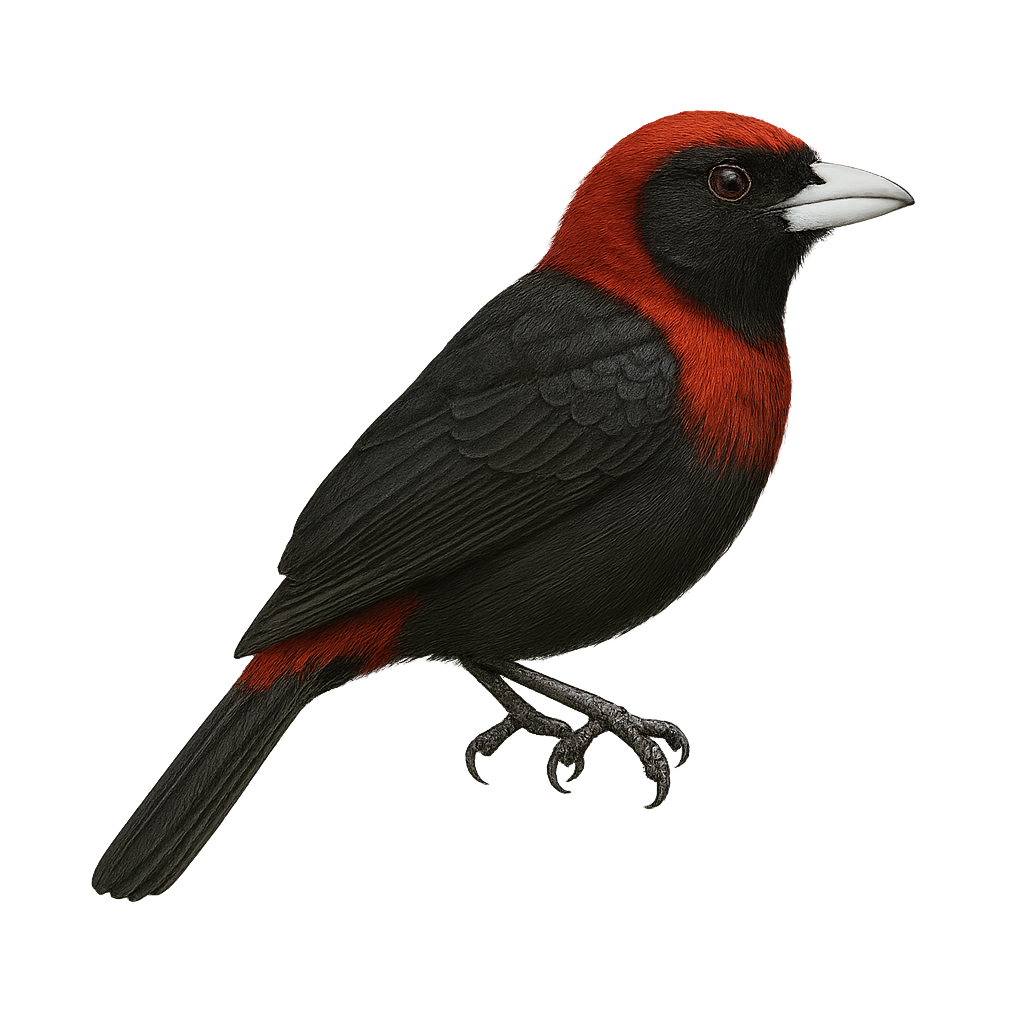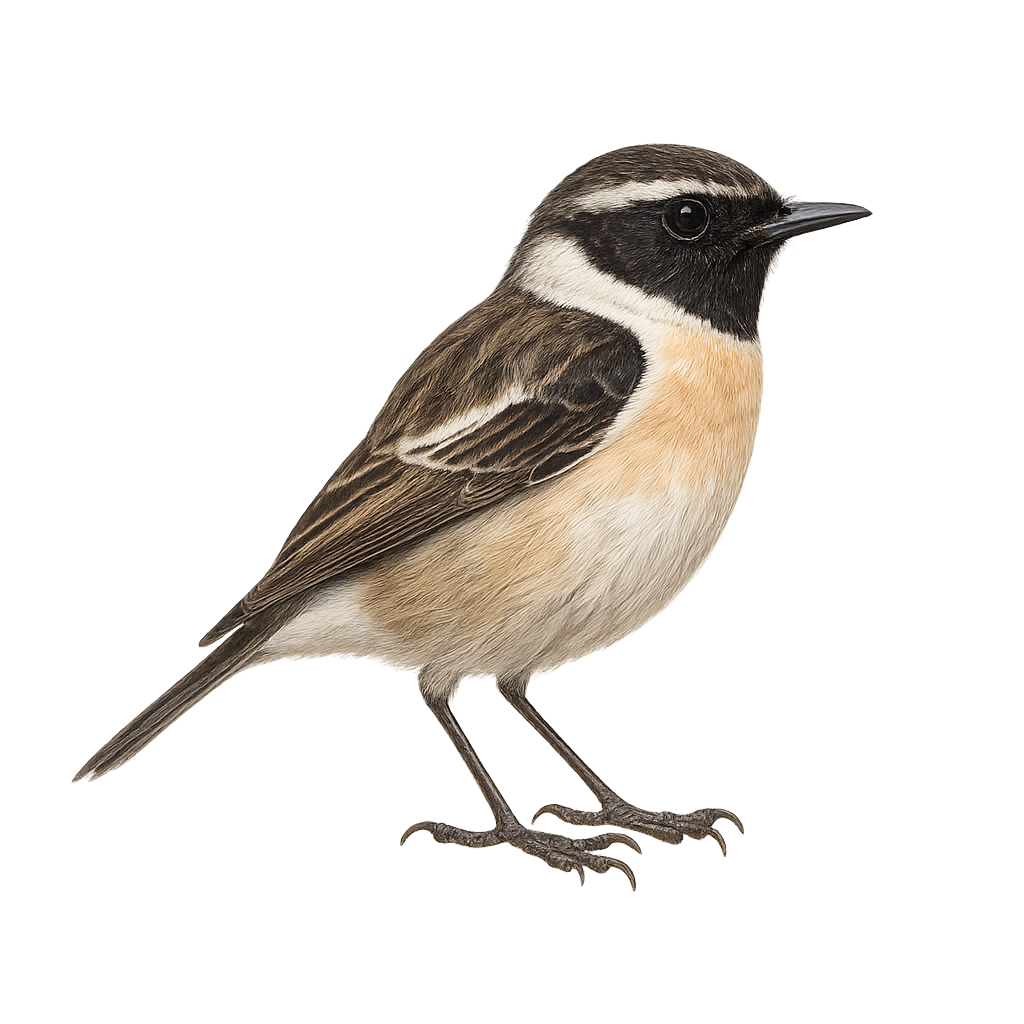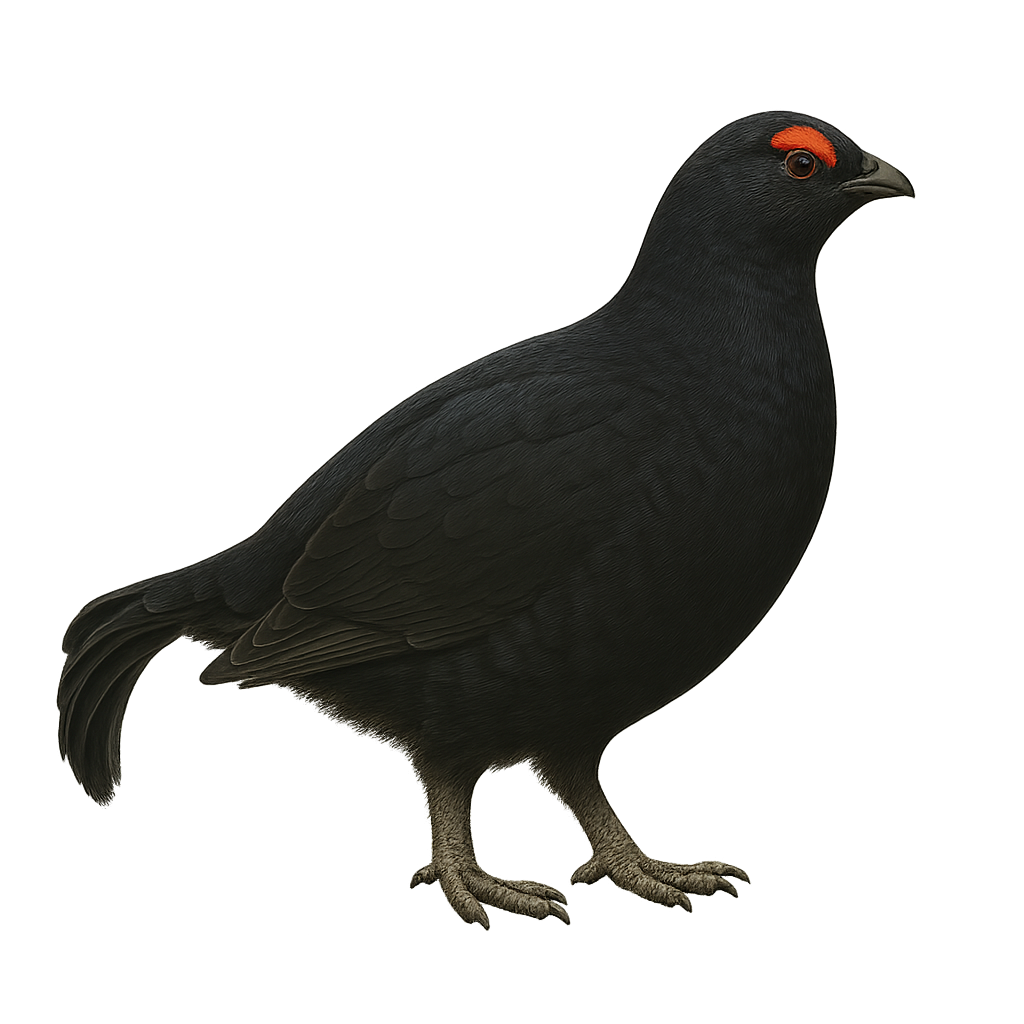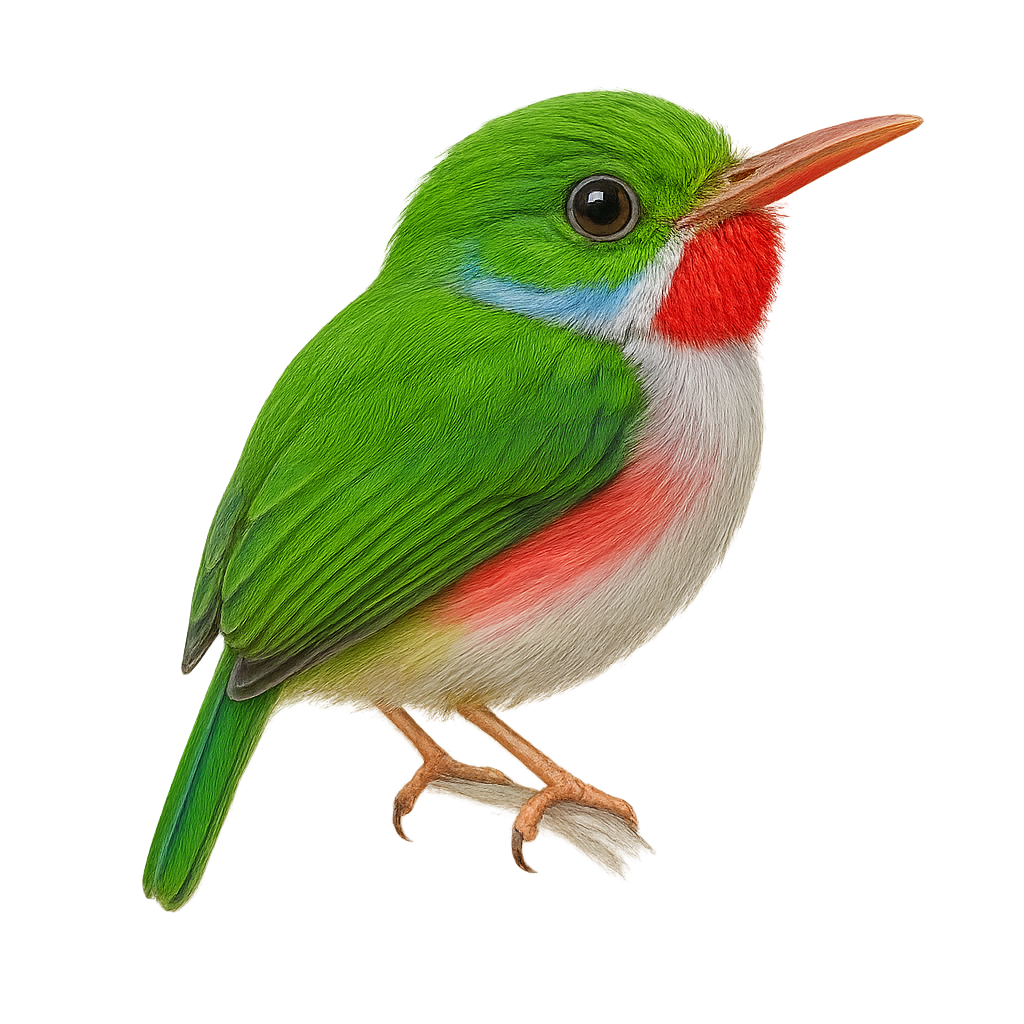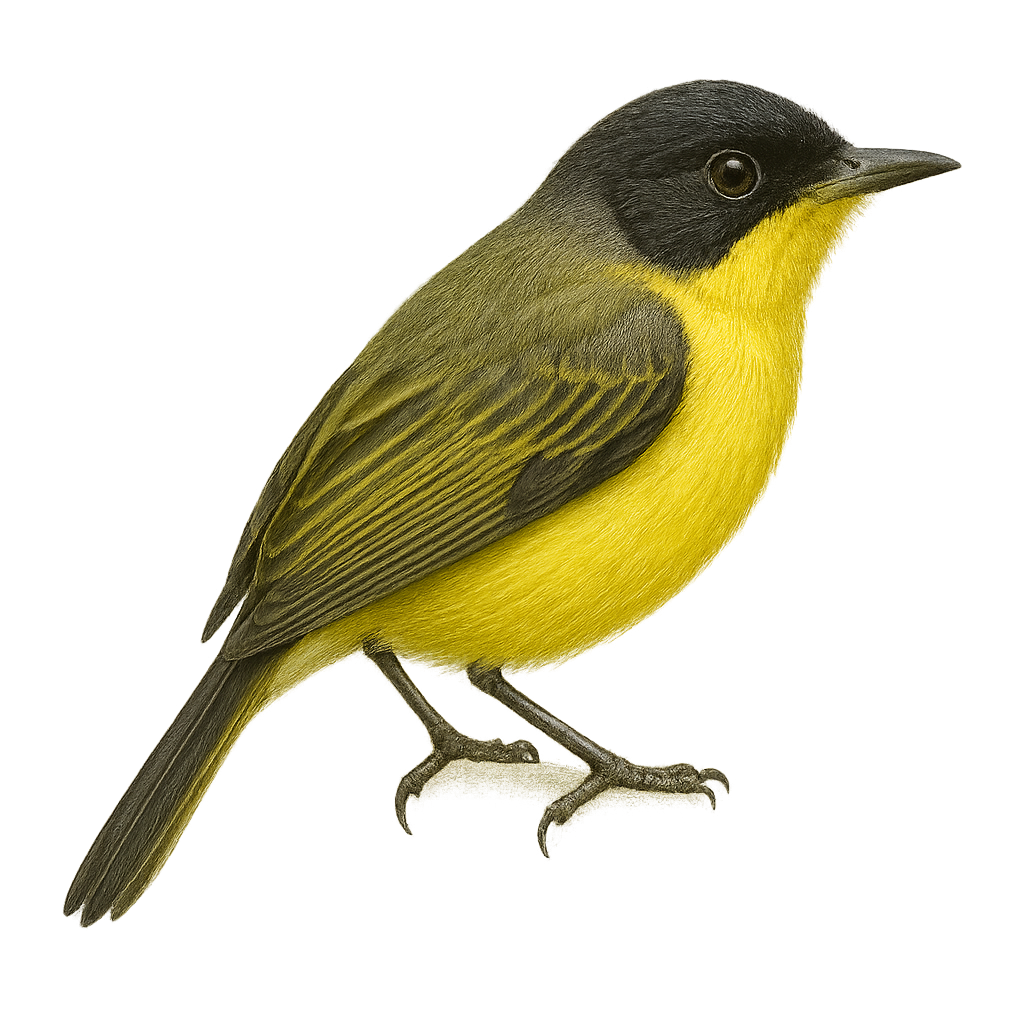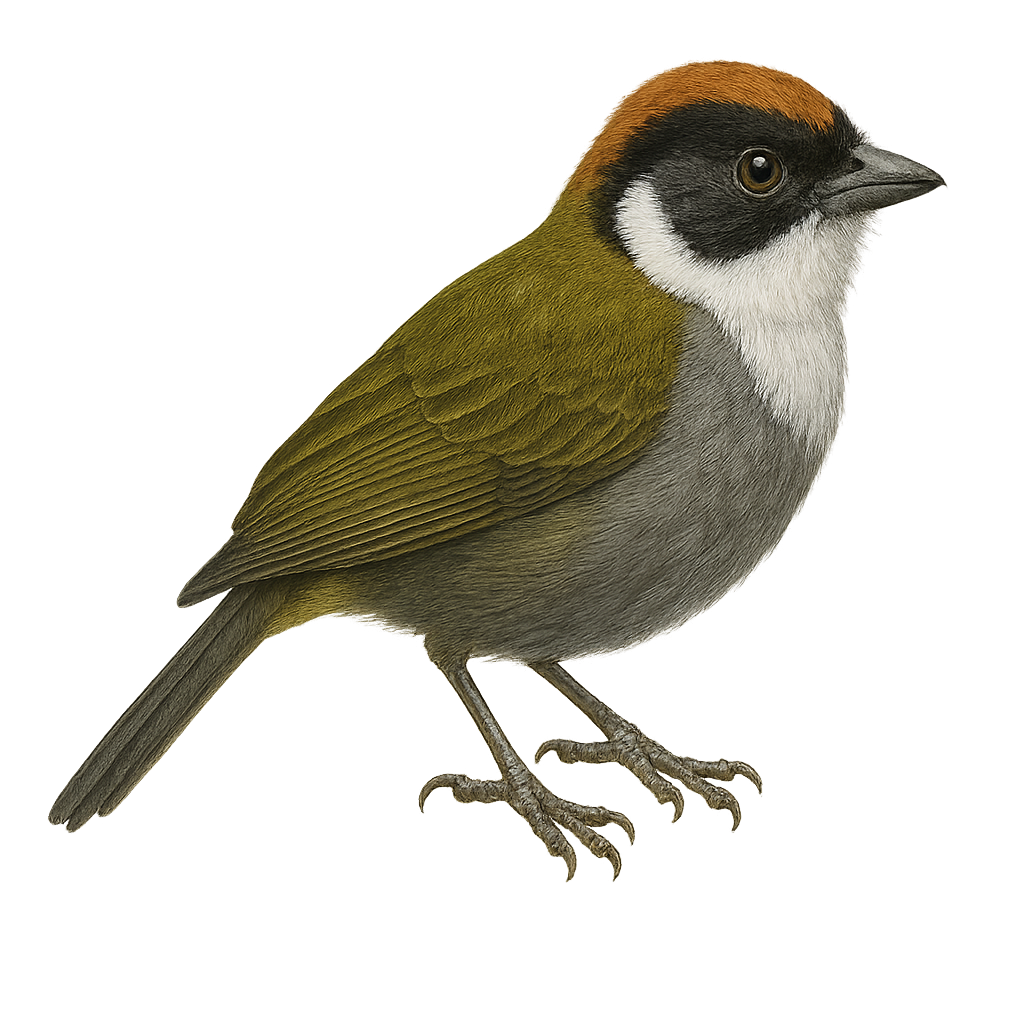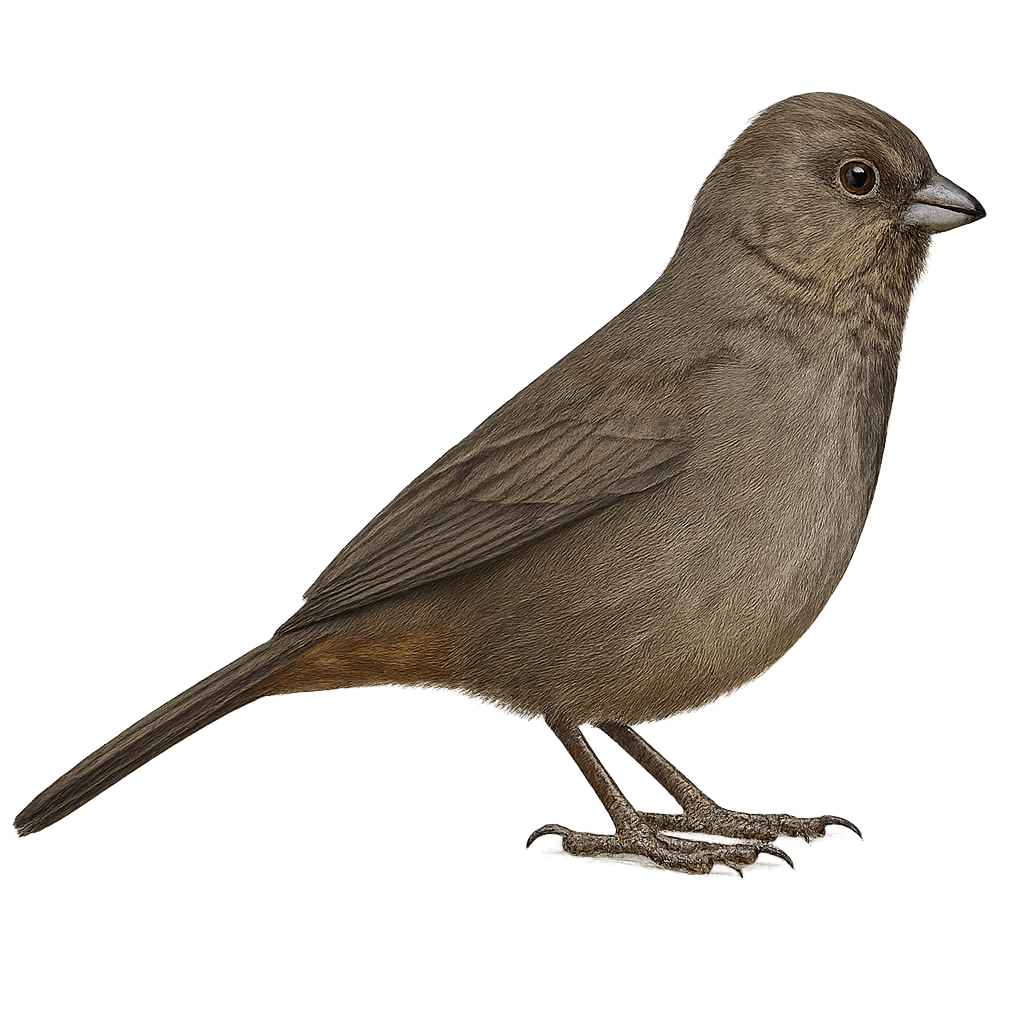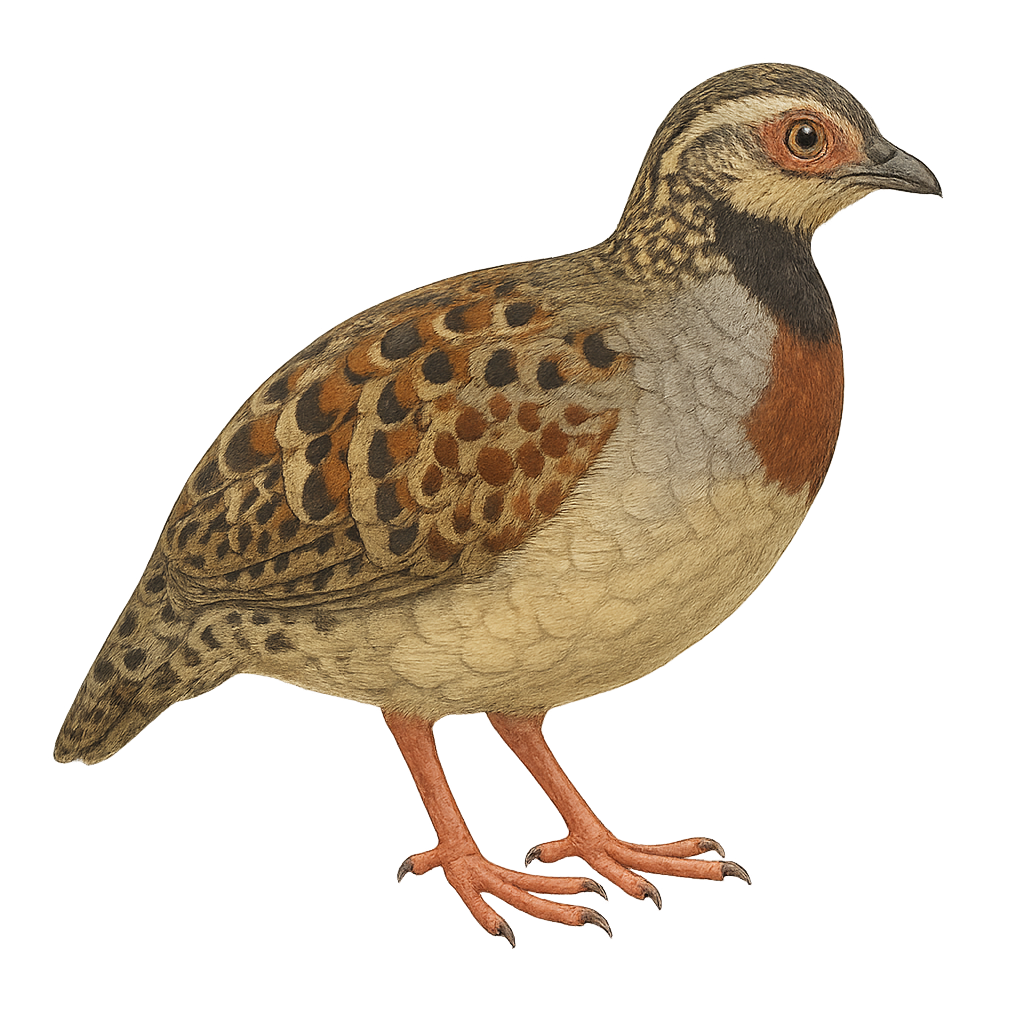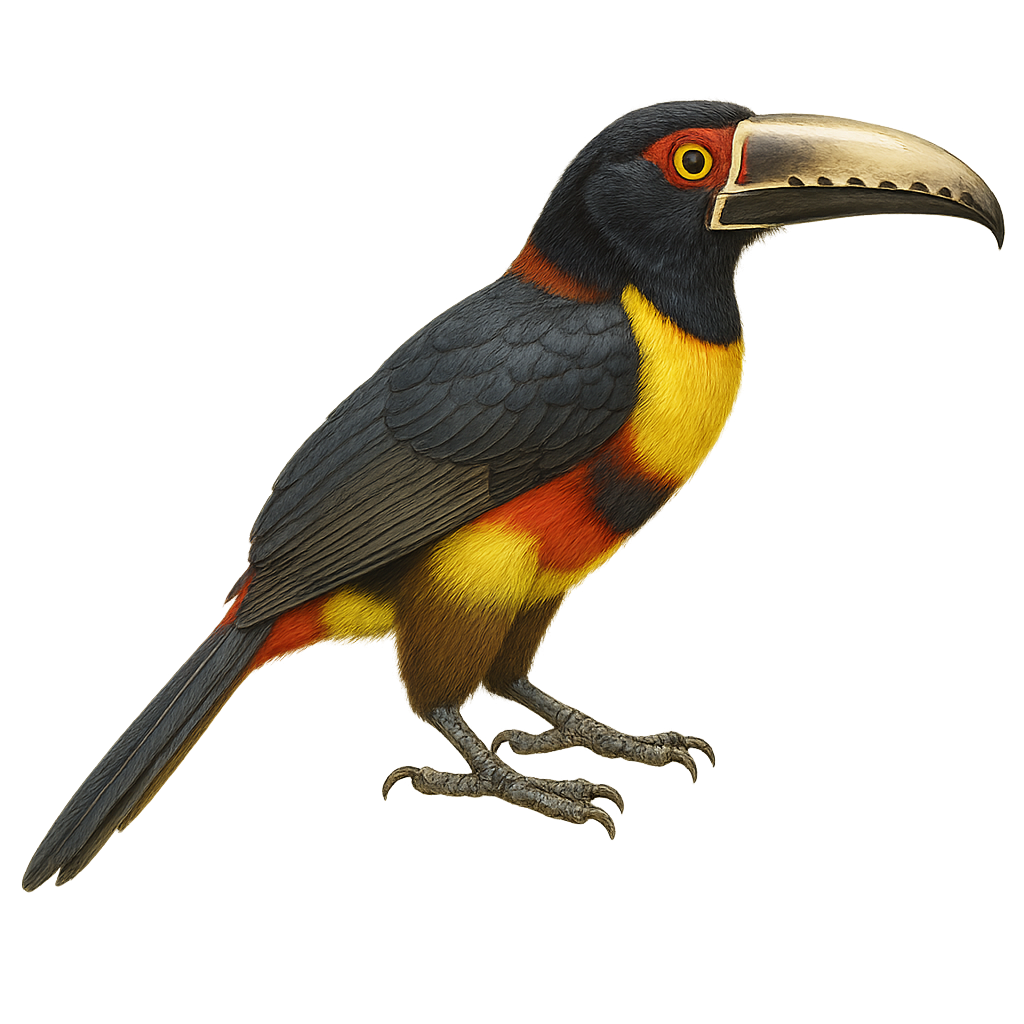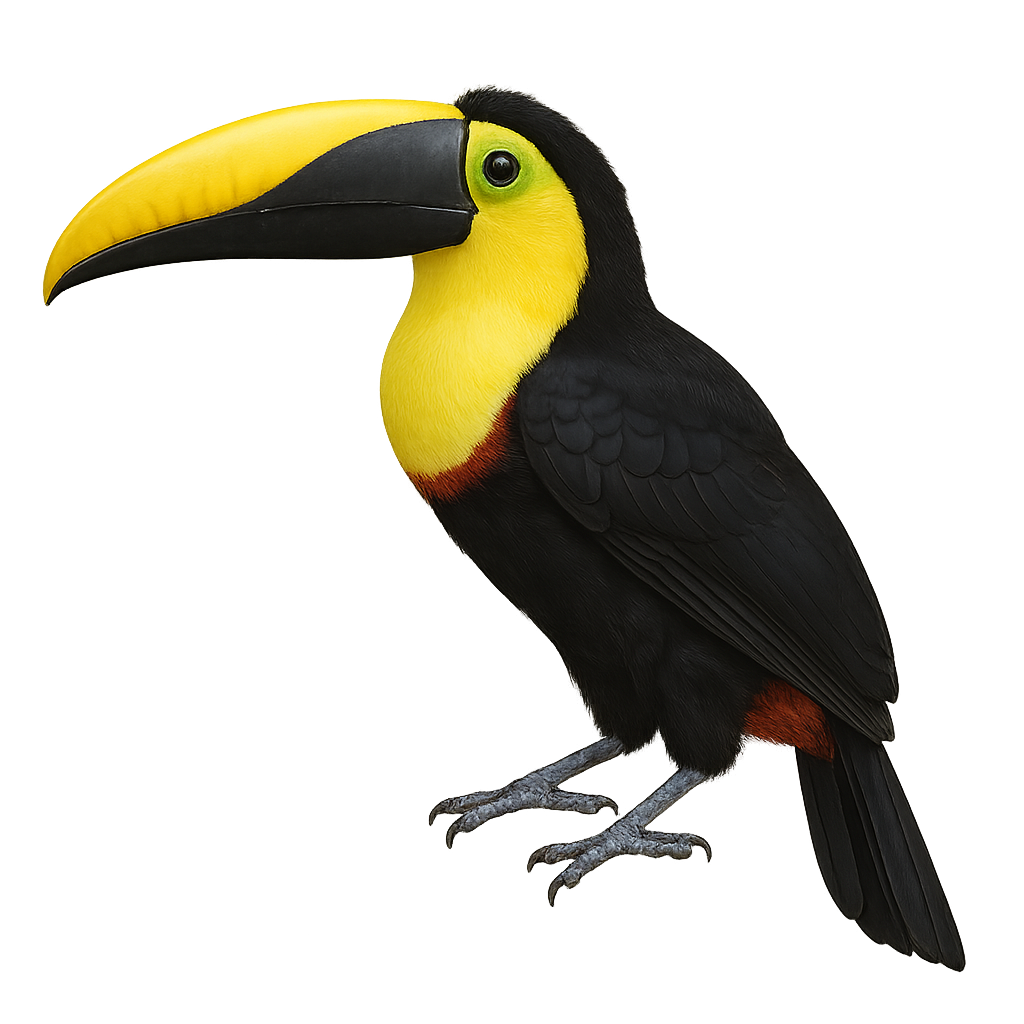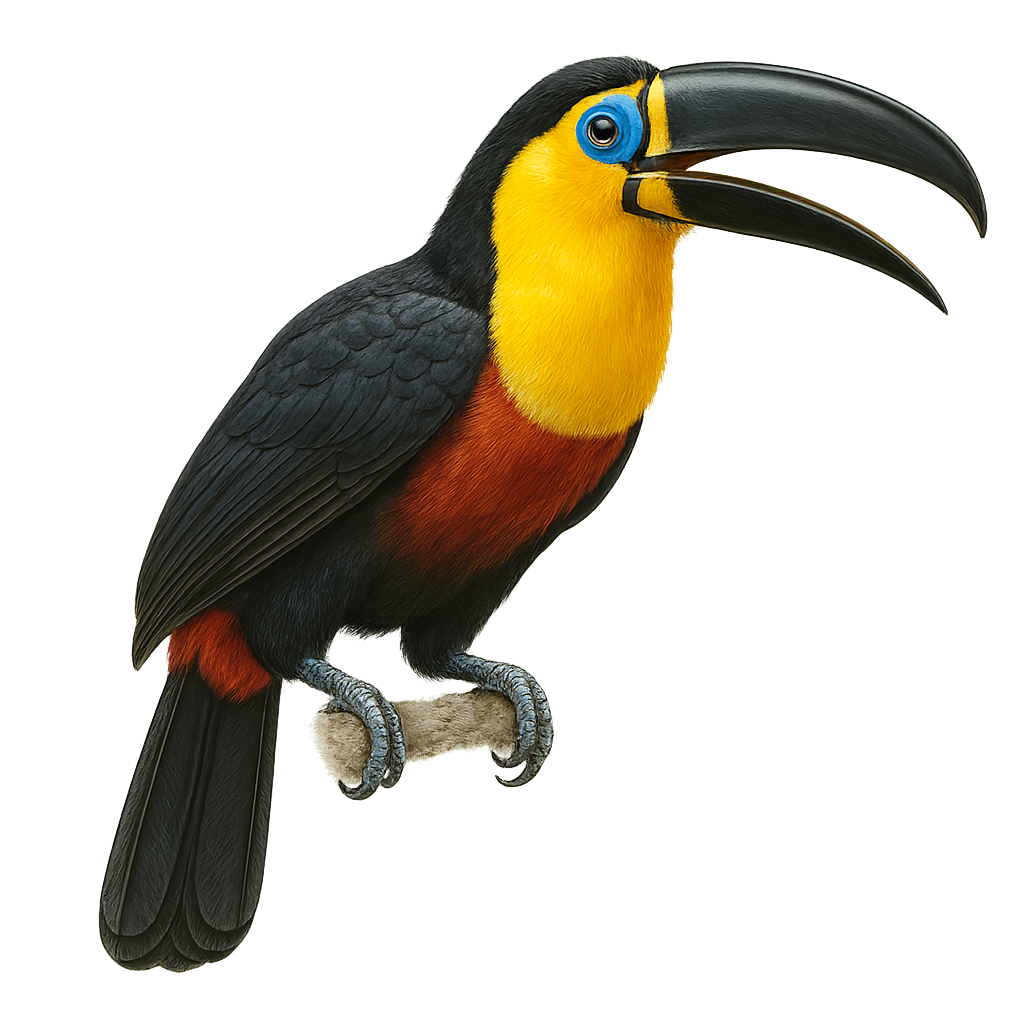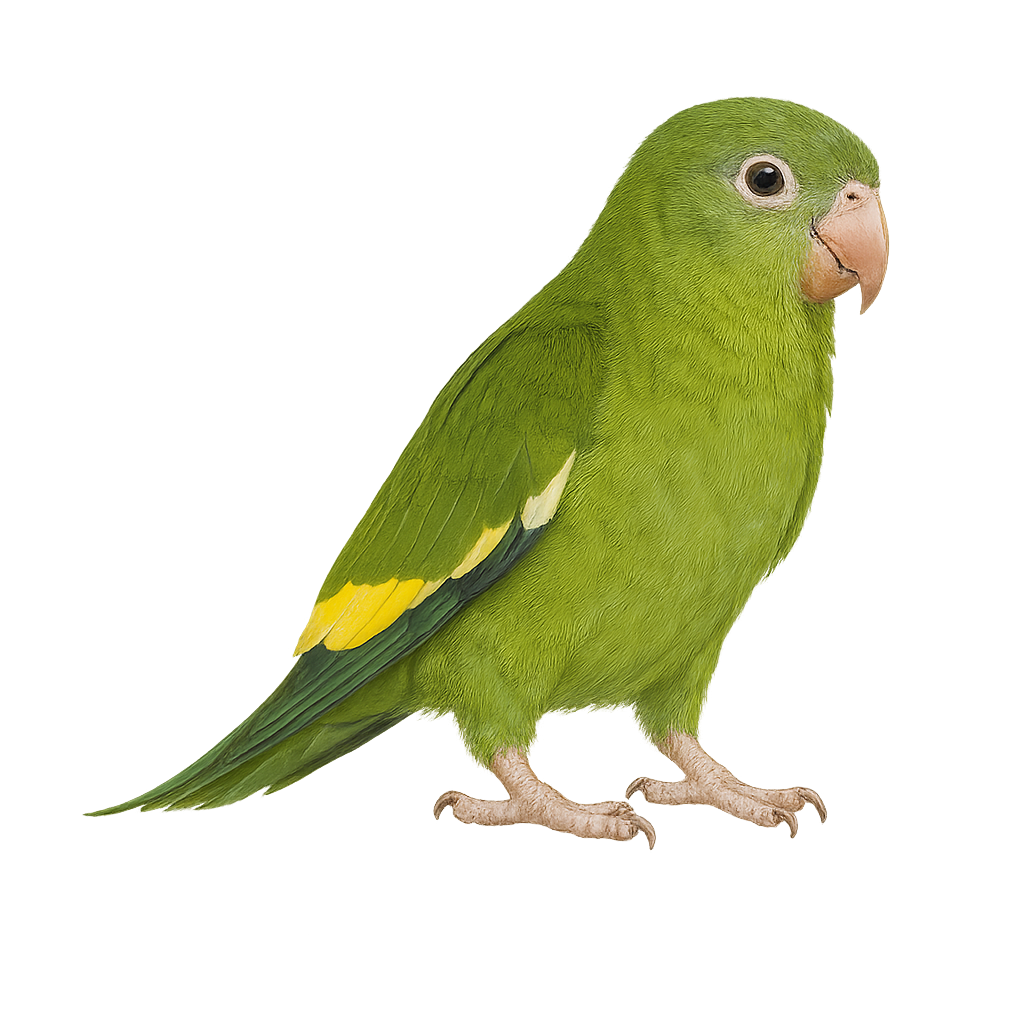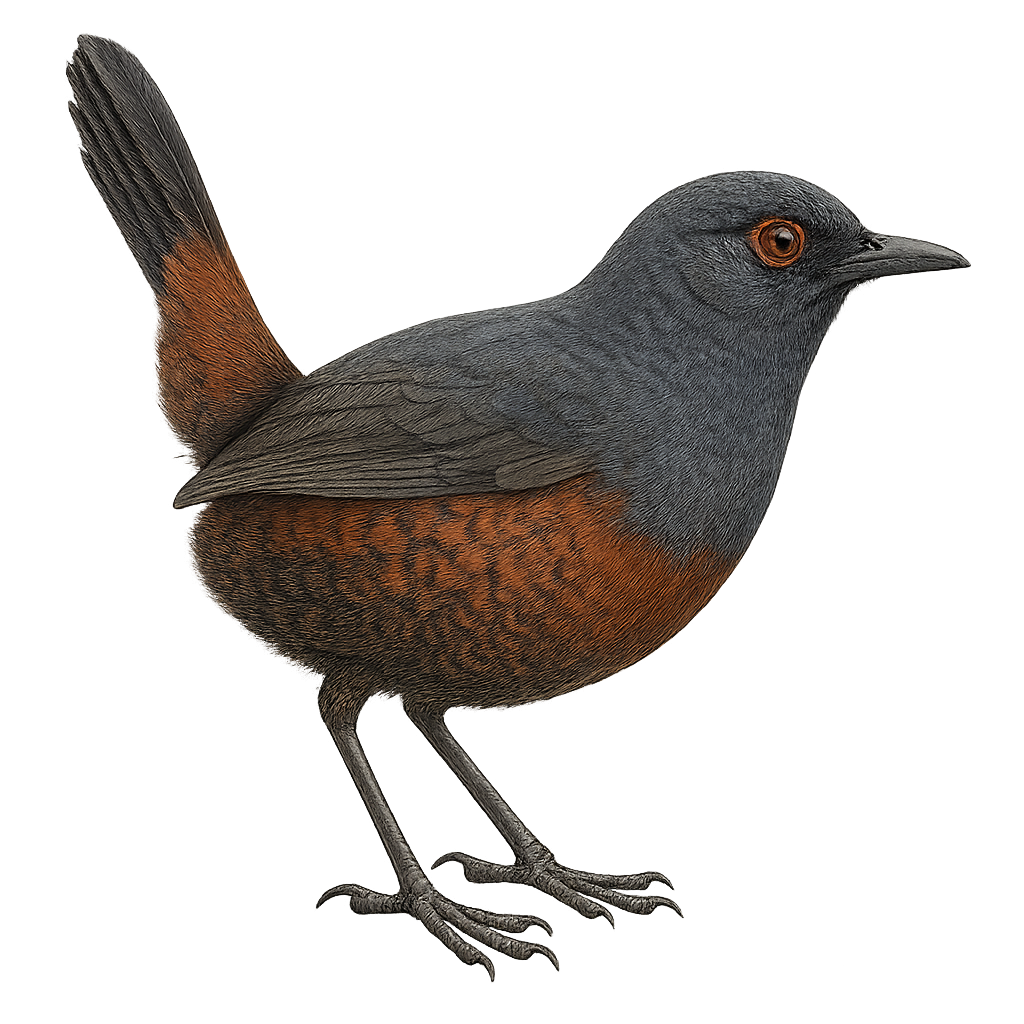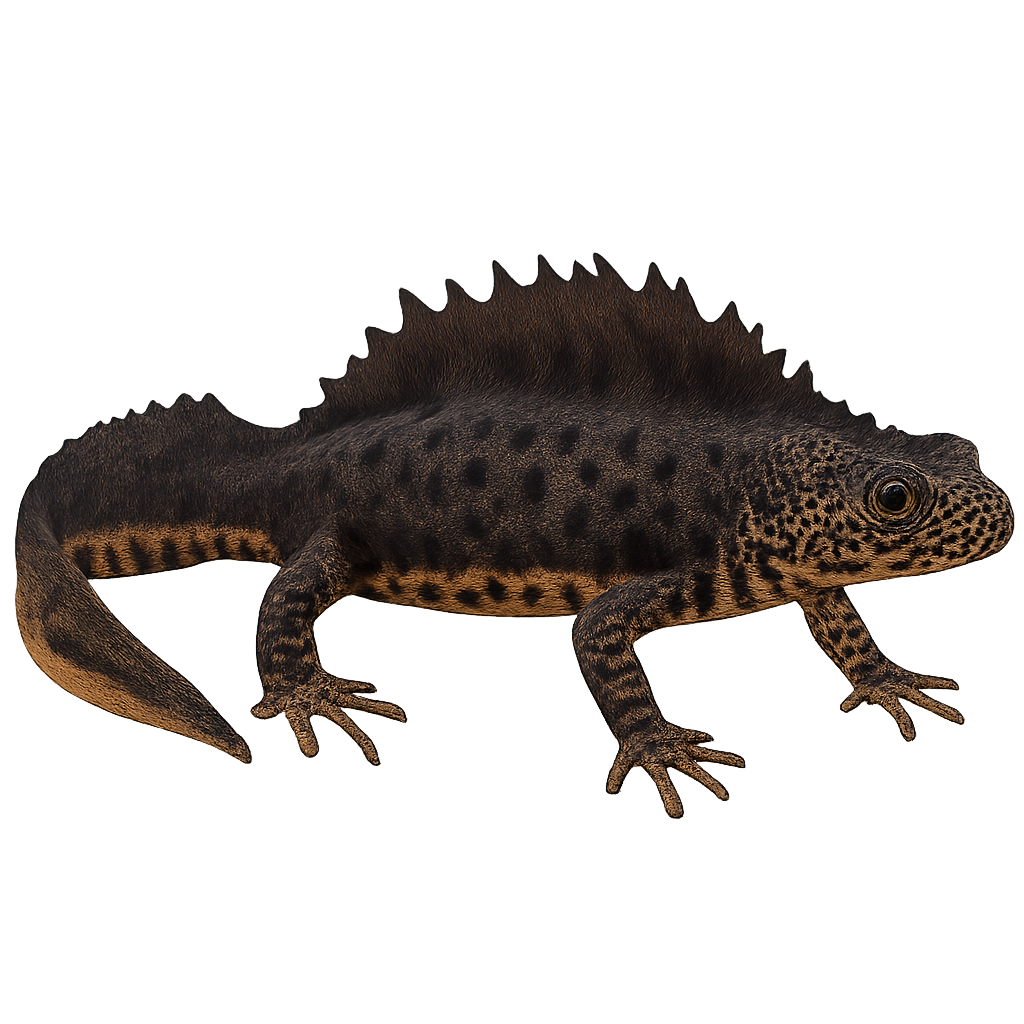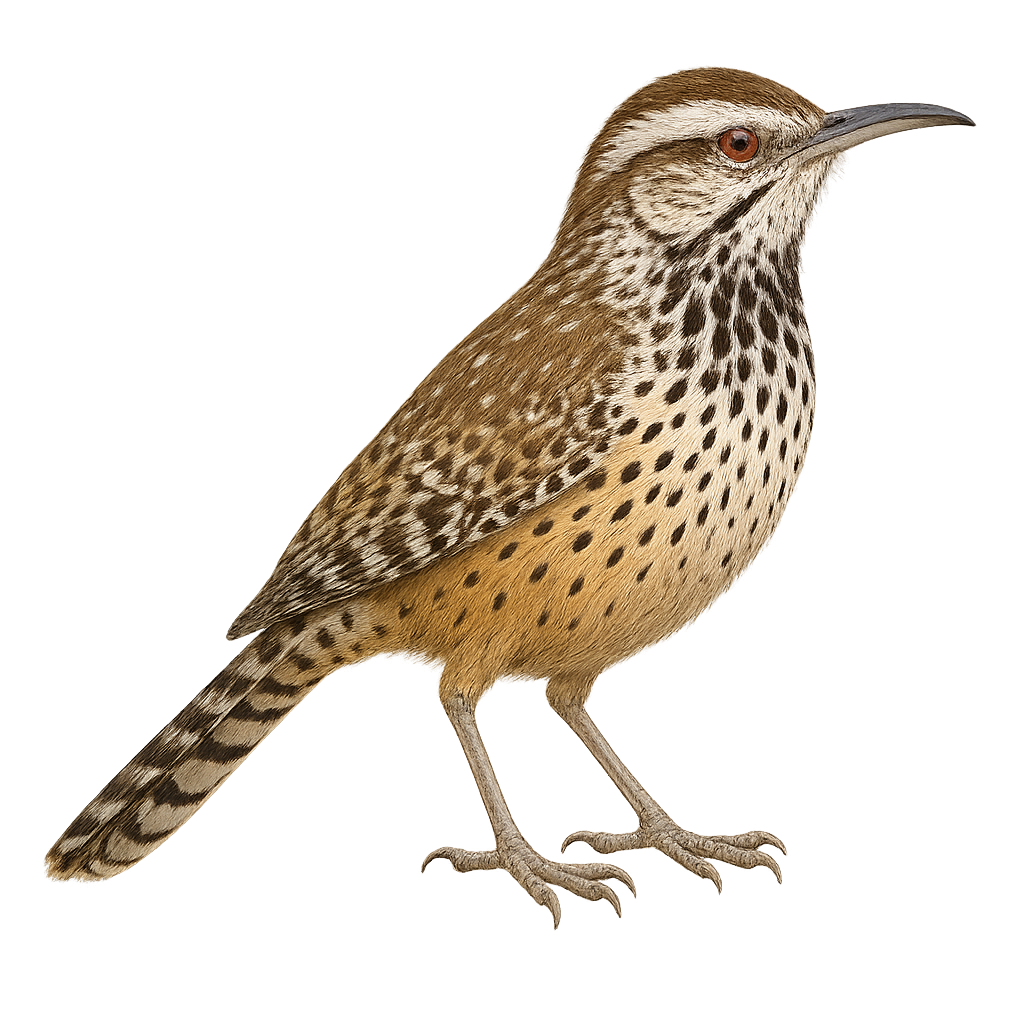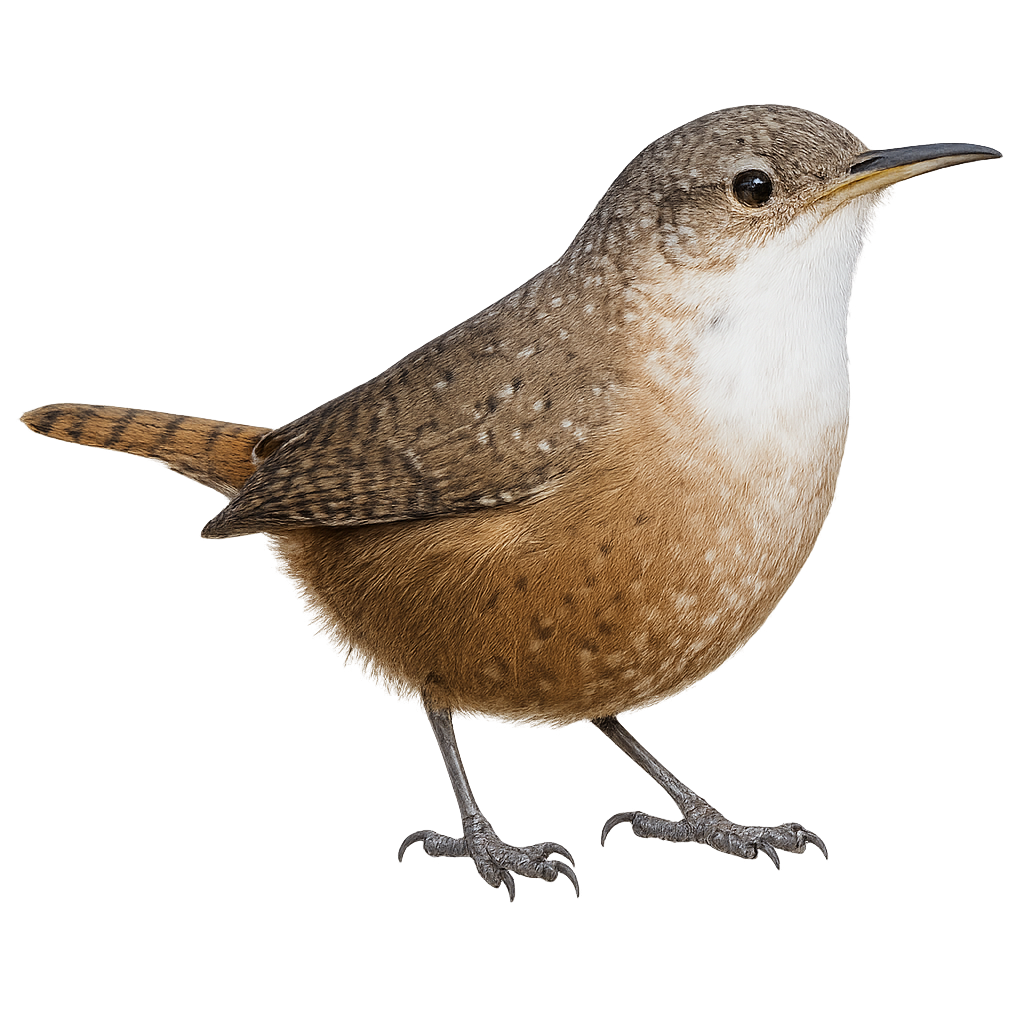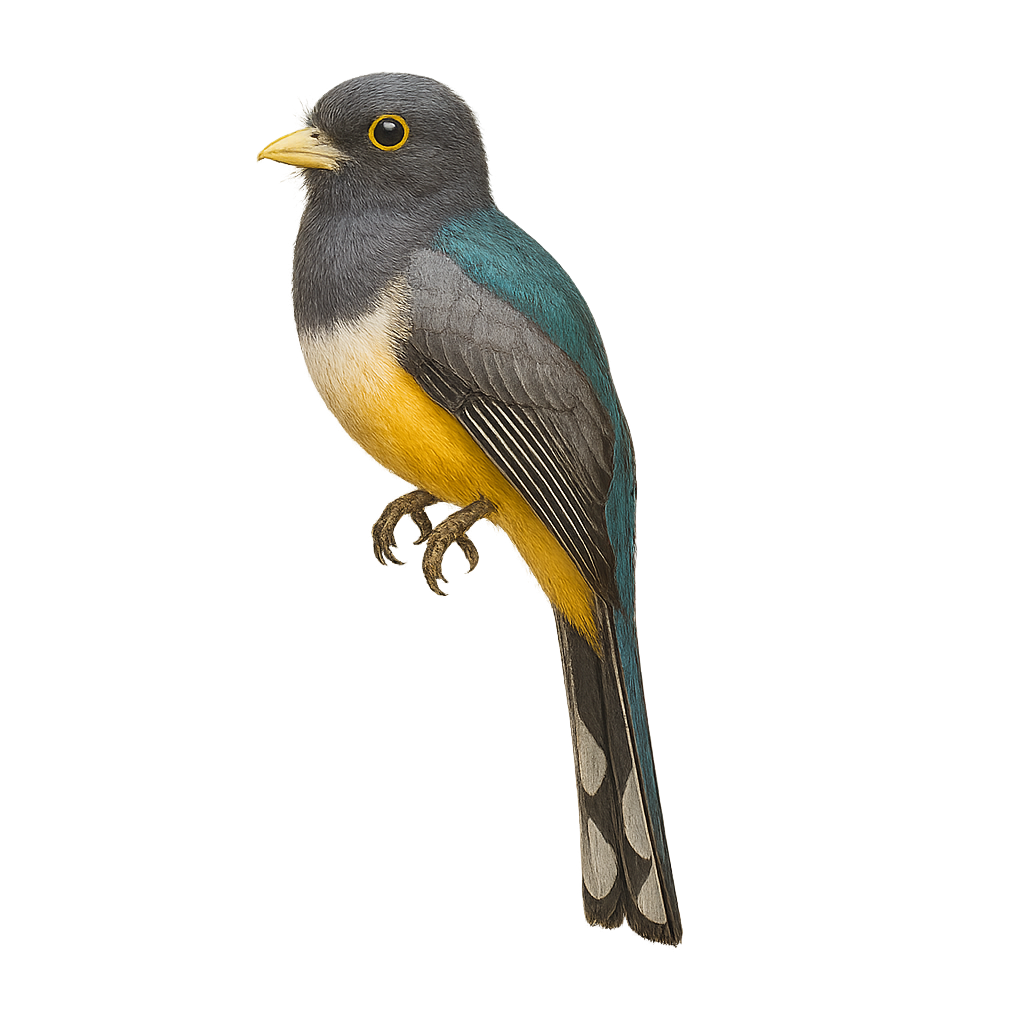The Saimiri sciureus, or common squirrel monkey, is a small arboreal primate native to South America. It is characterized by its dense, soft fur, primarily gray-olive with shades of yellow and white. Its head features a white facial mask contrasting with a black crown. This monkey is highly agile and spends most of its time in the canopy of tropical forests, feeding mainly on fruits, insects, and small vertebrates. Social groups typically consist of 20 to 50 individuals, allowing them to effectively protect against predators. Although they are primarily active during the day, they can sometimes be observed at dusk.
The Central American Squirrel Monkey, or Saimiri oerstedii, is a small primate primarily found in the tropical rainforests of Costa Rica and Panama. Recognizable by its reddish back and white face bordered with black, it is highly agile and spends most of its time in the canopy. This monkey lives in social groups that can number up to 70 individuals, which helps protect it from predators. It primarily feeds on fruits, insects, and small vertebrates. Although its habitat is threatened by deforestation, conservation efforts are underway to protect this iconic species of Neotropical biodiversity.
The Common Redpoll, Acanthis flammea, is a small finch in the Fringillidae family. It is easily identified by its brown streaked plumage and bright red cap. Males often have a rosy breast, while females are duller. This small bird is well adapted to cold climates and is primarily found in boreal forests and arctic regions. It mainly feeds on seeds but also consumes insects in summer. The Common Redpoll is a gregarious bird, often seen in flocks, especially in winter. It is known for its irregular migrations, influenced by food availability.
The Collared Sunbird, a small bird with dazzling plumage, is a gem of African forests. Its metallic green back contrasts with its bright yellow belly, and its distinctive collar adds a touch of elegance. Measuring about 10 cm, it is agile and fast, moving from flower to flower to feed on nectar, supplemented by insects. Its thin, curved beak is perfectly adapted to its diet. This sunbird is often seen in pairs or small groups, emitting melodious songs. It primarily inhabits humid tropical forests but also adapts to gardens and plantations. Although generally not very shy, it remains cautious of threats.
The Crimson Sunbird, Leptocoma minima, is a small, vibrantly colored bird belonging to the Nectariniidae family. It is primarily found in tropical and subtropical moist forests, as well as in shrublands and gardens. This bird is distinguished by its striking plumage, featuring metallic shades of red, green, and blue. Males often display brighter colors than females, who are generally duller. The Crimson Sunbird primarily feeds on nectar but also consumes insects to supplement its diet. It plays a crucial role in pollinating flowers, thus contributing to the biodiversity of its habitat.
The Chestnut-bellied Seedeater, or Sporophila bouvreuil, is a small passerine bird belonging to the Thraupidae family. This seedeater is primarily found in South America, particularly in Brazil, Bolivia, and Argentina. It is easily recognizable by its distinctive plumage: males have a chestnut-brown belly and chest, contrasting with a dark gray back and head, while females display duller and more uniform tones. These birds typically inhabit open areas such as grasslands and savannas, where they primarily feed on seeds. Their melodious song is often heard during the breeding season, a time when they become more territorial.
The Crested Auklet, Aethia cristatella, is a small seabird belonging to the Alcidae family, easily identifiable by its distinctive crest and dark gray plumage. It measures about 25 cm in length and weighs between 250 and 300 grams. Its bright orange bill and white-ringed eyes add to its unique appearance. This bird is primarily found in the subarctic regions of the North Pacific, particularly around the Aleutian Islands and the coasts of eastern Russia. It feeds mainly on zooplankton, small crustaceans, and fish. The Crested Auklet is an excellent diver, capable of descending several tens of meters underwater to hunt. It nests in dense colonies on rocky cliffs, laying a single egg per season.
The Caspian Tern, Hydroprogne caspia, is the largest tern species, easily identified by its bright red bill and black cap. It inhabits coasts, lakes, and rivers, feeding mainly on fish caught through agile diving. Its flight is strong and direct, often accompanied by harsh calls. It nests in colonies on islands or sandy beaches, typically laying two to three eggs. Although widespread, it is sensitive to human disturbance and habitat degradation. Its population is stable but remains vulnerable to environmental changes.
The common tern is an elegant seabird easily recognized by its white plumage, light gray back, and bright red beak. It is primarily found along the coasts of Europe, Asia, and North Africa, often near estuaries and rivers. This bird is an excellent fisher, diving with precision into the water to catch fish. The common tern is also known for its swift and graceful flights.
The Common Shelduck is a large duck with a distinctive plumage, measuring between 58 and 67 cm in length. It is identified by its glossy greenish-black head, white body with a broad chestnut band, and bright red bill. Males have a prominent knob at the base of the bill, which females lack. This species inhabits estuaries, lagoons, salt marshes, tidal mudflats, and shallow lake shores, often in flocks. It nests in burrows or cavities, sometimes dug into dunes or embankments. The shelduck primarily feeds on aquatic invertebrates such as mollusks, worms, and crustaceans, filtered from the mud. While generally secure, it is vulnerable to coastal wetland destruction.
The Crimson-collared Tanager, scientifically known as Ramphocelus sanguinolentus, is a striking bird found primarily in Central America, particularly in Mexico, Honduras, and Costa Rica. This bird is noted for its vibrant plumage, featuring a bright red back contrasted with its black head and wings. Measuring about 19 cm in length, it is often spotted in tropical rainforests and wooded areas. Its diet mainly consists of fruits, berries, and insects. The Crimson-collared Tanager is a sociable bird, often seen in small groups or pairs. Although not considered threatened, deforestation poses a potential threat to its natural habitat.
The Saxicola dacotiae, known as the Canary Islands Stonechat, is a small bird endemic to the Canary Islands, specifically Fuerteventura. This passerine is characterized by its brownish-red and white plumage, with a dark head and light belly. It primarily inhabits arid and semi-arid areas, scrublands, and rocky zones. The Canary Islands Stonechat is a sedentary bird, meaning it does not migrate and remains in its territory year-round. It feeds mainly on insects, which it catches on the ground or in flight. Although its habitat is limited, it adapts well to local conditions. However, it is considered vulnerable due to habitat degradation.
The common tenrec is a small insectivorous mammal weighing 220–270 g, with coarse fur ranging from light to dark. Endemic to Madagascar, it inhabits tropical forests, shrublands, and agricultural areas. An opportunistic omnivore, it feeds on insects, worms, and small invertebrates. Solitary and nocturnal, it shelters in burrows or under leaf litter during the day.
The Caucasian Black Grouse, or Lyrurus mlokosiewiczi, is a captivating bird native to the Caucasus Mountains. This medium-sized grouse is distinguished by the male's glossy black plumage with metallic sheens and lyre-shaped tail. The female, more subdued, has mottled brown feathers that provide excellent camouflage. These birds primarily inhabit alpine meadows, coniferous forests, and shrublands. They are renowned for their spectacular courtship displays, where males gather to showcase their plumage and produce distinctive sounds. Although their population is stable, they face threats from habitat loss and human disturbance.
The Cuban Tody, or Todus multicolor, is a small bird endemic to Cuba, renowned for its vibrant plumage and fascinating lifestyle. Measuring about 10 to 11 cm in length, this bird features bright green feathers on its back, a white belly, and a striking red throat, making it easily identifiable. It primarily inhabits the island's humid forests, mangroves, and wooded areas. The Cuban Tody is an insectivore, feeding mainly on small insects and spiders, which it captures with quick and precise movements. It is also known for its melodious song and elaborate courtship displays. Although its habitat is limited to Cuba, it is relatively common and not currently threatened.
The Common Tody-Flycatcher, or Todirostrum cinereum, is a small bird native to Central and South America. It is easily recognized by its gray and bright yellow plumage and its distinctive flattened bill. Measuring about 9 to 11 cm, it is often found in tropical forests, mangroves, and open wooded areas. Its song is a high-pitched, rapid trill, often heard before the bird is seen. It feeds primarily on insects, which it catches in flight or on leaves. The Common Tody-Flycatcher is a sociable bird, often seen in pairs or small groups, and is known for its curiosity towards humans.
The Chestnut-capped Brushfinch is a medium-sized bird known for its distinctive chestnut-brown cap, contrasting with its olive-green back and gray belly. It also features a black stripe across its eyes, adding to its unique appearance. This bird is primarily found in the humid forests and dense undergrowth of Central America, where it feeds mainly on insects and seeds. Although discreet, it is often detected by its melodious song. The Chestnut-capped Brushfinch is a sociable bird, often seen in small groups or pairs. Its ability to adapt to various forest habitats makes it a common resident within its range.
The Canyon Towhee, or Melozone fusca, is a medium-sized bird known for its distinctive brown cap and gray-brown plumage. It is primarily found in the arid and semi-arid regions of the southwestern United States and Mexico. This bird prefers shrubby habitats and dense underbrush areas where it can forage for seeds, insects, and small invertebrates. Although often discreet, it can be identified by its melodious song and distinctive calls. The Canyon Towhee is a sedentary bird, meaning it does not migrate over long distances. It is usually observed alone or in pairs, especially during the breeding season.
The Collared Partridge, Arborophila torqueola, is a bird from the Phasianidae family, primarily found in the dense, humid forests of South Asia. It is characterized by its reddish-brown plumage and distinctive white collar around the neck. This elusive bird prefers shaded undergrowth where it feeds on seeds, insects, and small invertebrates. Although often difficult to spot due to its shy behavior, its melodious call sometimes reveals its presence. The Collared Partridge is monogamous and forms stable pairs. The breeding season varies by region but is generally observed in spring.
The Chinese Bamboo Partridge, Arborophila gingica, is a bird species belonging to the Phasianidae family. It is primarily found in the bamboo forests and dense undergrowth of southeastern China. Medium-sized, it measures about 30 cm in length and features brown plumage with distinctive patterns on its head and neck. Its call is a key part of its communication, often heard at dusk. Though discreet, it is sometimes observed in small groups. Its diet mainly consists of seeds, insects, and small invertebrates. This species is currently classified as "Least Concern" by the IUCN but is threatened by the loss of its natural habitat.
The Pteroglossus torquatus, known as the collared aracari, is a vibrant bird belonging to the Ramphastidae family. It is characterized by its striking plumage, predominantly black body, bright yellow chest, and distinctive red collar. Its long, curved beak is essential for feeding on fruits, insects, and occasionally small vertebrates. This toucan primarily inhabits the tropical rainforests of Central America, from southern Mexico to Panama. It is often seen in small groups, moving nimbly through the canopy. Although relatively common in its natural habitat, deforestation poses an increasing threat to its populations.
The Choco Toucan, or Ramphastos brevis, is a species of toucan endemic to the humid forests of western Ecuador and southwestern Colombia. This toucan is notable for its relatively short beak and vibrant colors, with predominantly black plumage, a white throat, and a yellow band on the upper chest. It measures about 45 cm in length and weighs between 300 and 400 grams. Often seen in small groups, it feeds on fruits, insects, and occasionally small reptiles. Its natural habitat is threatened by deforestation, making it a vulnerable species. Nonetheless, it remains an iconic symbol of the region's biodiversity.
The Channel-billed Toucan, or Ramphastos vitellinus, is a striking bird native to the tropical forests of South America. It is easily recognized by its glossy black plumage, yellow cheeks, and large, colorful bill. Despite its size, the bill is lightweight due to its hollow structure, aiding in thermoregulation and fruit manipulation, which is its primary diet. These toucans are social creatures, often found in groups, and are known for their loud calls. They nest in tree cavities, where the female typically lays two to four eggs. Channel-billed Toucans play a vital role in the forest ecosystem by dispersing seeds.
The Canary-winged Parakeet, or Brotogeris versicolurus, is a small parrot native to South America, particularly the Amazon basin. It is characterized by its bright green plumage, wings adorned with yellow and white patches, and a hooked beak. Measuring about 22 cm in length, it is often seen in noisy flocks, feeding mainly on fruits, seeds, and flowers. Adapted to tropical forests, it also frequents urban areas, adapting well to human-modified environments. Its ability to mimic sounds and sociable nature make it a popular bird in aviculture. However, deforestation and illegal trade threaten some local populations.
The Chucao Tapaculo is a bird endemic to the temperate forests of southern Chile and Argentina. Easily recognizable by its reddish-brown plumage and white throat, this bird measures about 18 cm. It is often heard before being seen, thanks to its powerful and melodious song. Preferring dense and humid undergrowth, it feeds mainly on insects and other small invertebrates. Although generally discreet, it can be curious and approach motionless observers. The Chucao Tapaculo plays an important role in the ecosystem by controlling insect populations and participating in seed dispersal.
The Cyprus Wheatear, or Oenanthe cypriaca, is a small passerine bird belonging to the Muscicapidae family. This bird is endemic to the island of Cyprus, where it is often seen in open and rocky areas. It is distinguished by its black and white plumage, with a black head and a grayish back. The male and female show little sexual dimorphism, although the male displays slightly brighter colors. The Cyprus Wheatear is a trans-Saharan migrant, spending the winter in East Africa. It feeds mainly on insects caught on the ground. Its breeding season extends from spring to summer, where it builds its nest in rocky crevices.
The crested newt is a urodele amphibian, 9–11 cm long, with a dark brown back spotted with bright orange and a black belly. It inhabits temporary ponds, ditches, and woodland pools in temperate Europe, feeding on aquatic insects and small crustaceans with its rapid tongue. During the breeding migration, males develop a prominent dorsal crest and perform a nuptial dance in front of females.
The Cactus Wren, or Campylorhynchus brunneicapillus, is a robust and noisy bird typical of the desert regions of the southwestern United States and northern Mexico. It is easily recognizable by its brown plumage speckled with white, long tail, and slightly curved beak. This bird is particularly adapted to life in arid environments, where it builds its large nests in cacti and thorny shrubs. The Cactus Wren is known for its powerful and varied song, which it uses to defend its territory. It primarily feeds on insects but also consumes fruits and seeds. Mainly active in the morning and late afternoon, it avoids the hottest hours of the day.
The Canyon Wren, or Catherpes mexicanus, is a small bird with a reddish-brown plumage, distinguished by its long slender bill and short tail. It is primarily found in the arid and rocky regions of North America, especially in canyons and cliffs. Its melodious and powerful song often echoes in these rugged environments. This wren feeds mainly on insects and spiders, which it finds in rock crevices. Though discreet, it can sometimes be seen moving nimbly along rocky walls. Its ability to adapt to challenging habitats makes it a fascinating bird for ornithologists and nature enthusiasts.
The Citreoline Trogon is a colorful and fascinating bird, primarily found in the dry tropical forests and wooded areas of Mexico. It is distinguished by its vibrant plumage, featuring a metallic green back and bright yellow belly. Males have a black head with a yellow eye-ring, while females have a duller appearance. These birds are often spotted due to their melodious song and swift flight. They primarily feed on insects and fruits, aiding in seed dispersal. Although their habitat is threatened by deforestation, they remain relatively common within their range.


